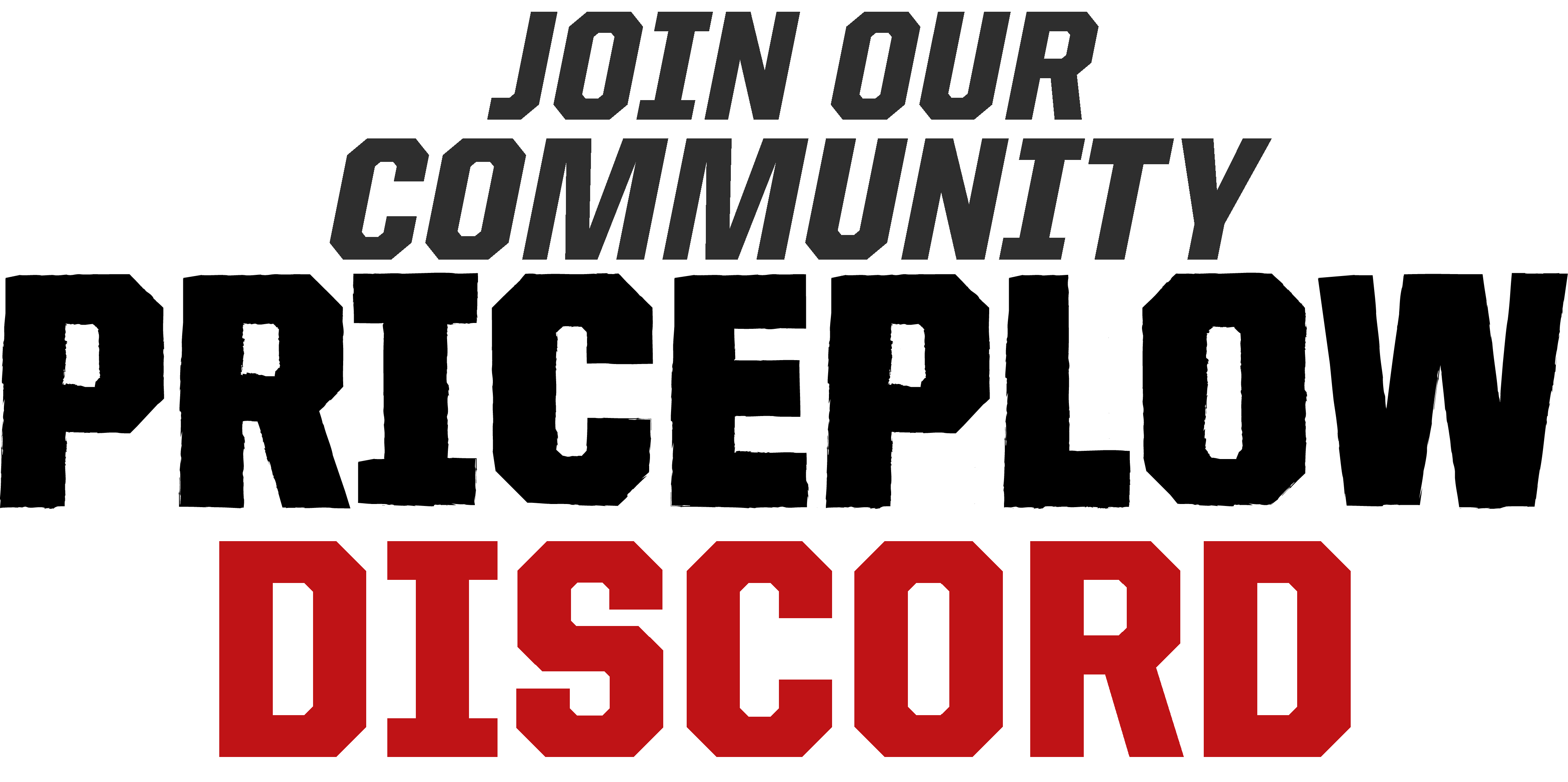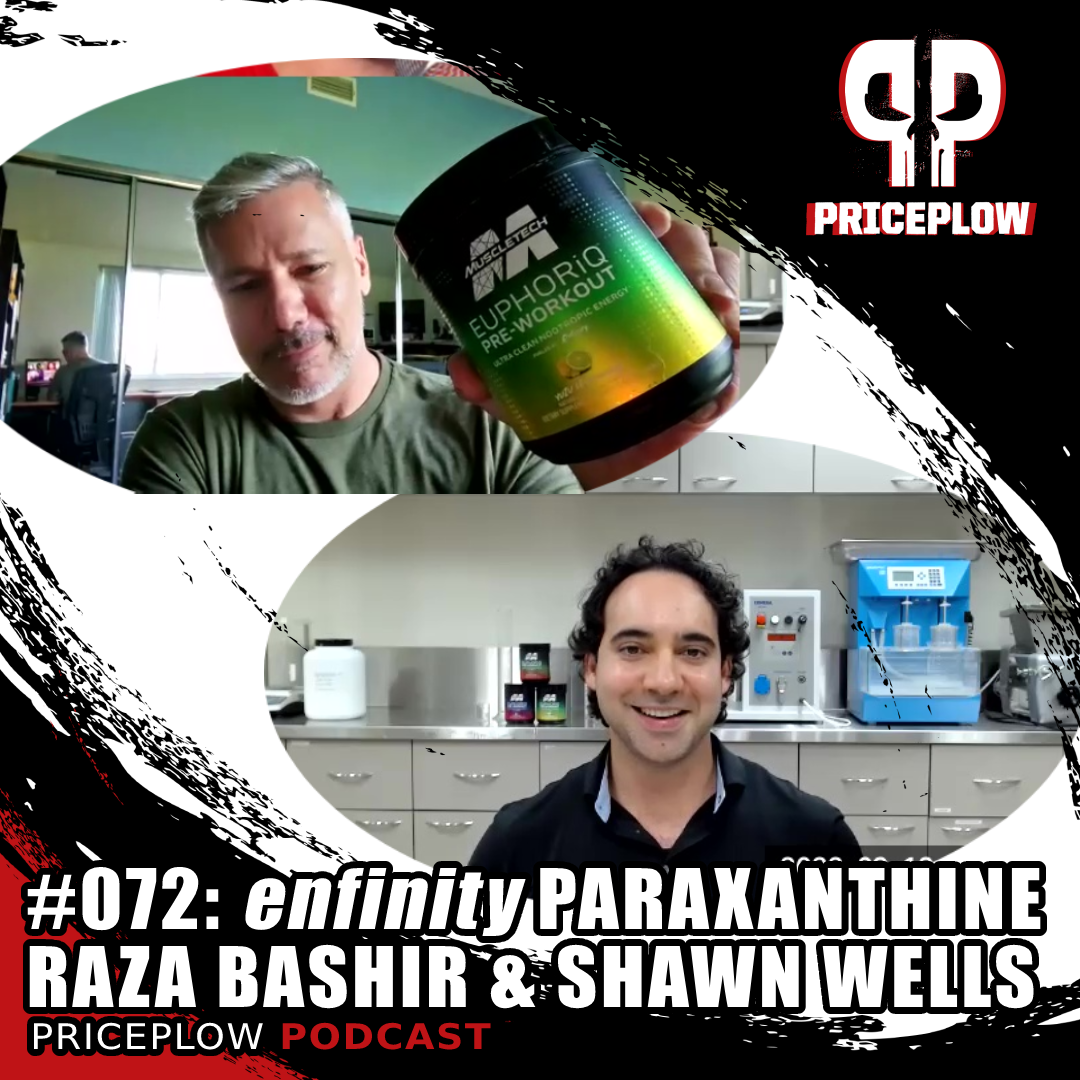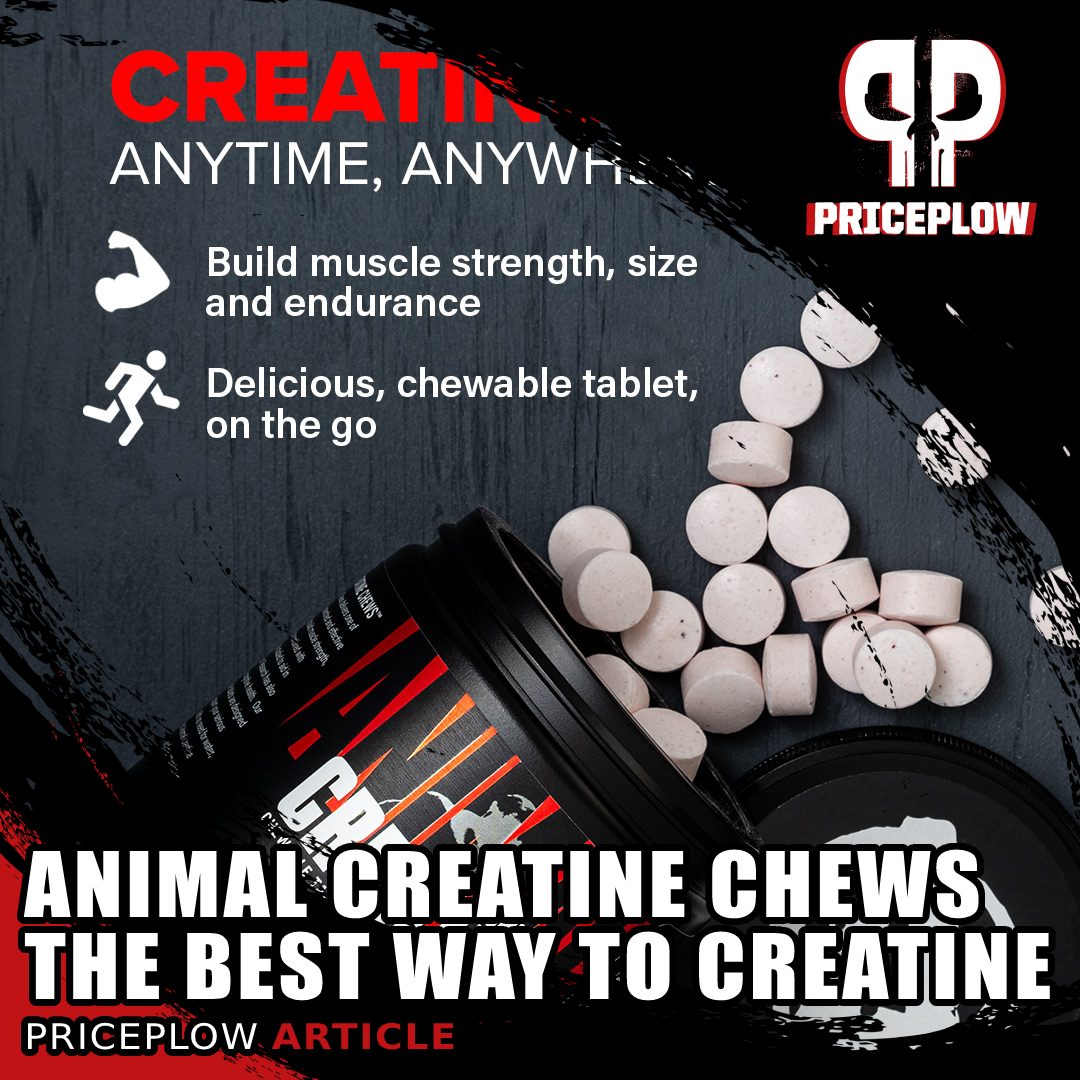https://blog.priceplow.com/podcast/scott-dicker-spins
In late January 2023, we sat down to speak with Scott Dicker of SPINS, a wellness-focused data technology company that provides retail consumer insights and analytics, with a focus in the natural, organic, and specialty products industries.
Gathering Market Insights at SPINS
Scott is their director of market insights, and has a special love for sports nutrition products, as he's a long-time user in the category. We first met him at SupplySide West 2022, where he and Ben both gave presentations in the Sports Nutrition's Rebound and Regrowth session.[1]
When we needed a quote about the growth of collagen over the past few years, we called on Scott to provide it. This led to us inviting him onto the podcast, which was a great conversation about data, trends, the economy, energy drinks, and some of Scott's own personal predictions for the coming years.
Podcast: Play in new window | Download (Duration: 1:24:20 — 73.0MB)
Subscribe to the PricePlow Podcast on Your Favorite Service (RSS)
This area is reserved for Team PricePlow's upcoming Podcast / Interview video.
Subscribe to our channel and sign up for notifications so you catch it when it goes live!
On the record: Scott answers the call for collagen data
To support a claim made in our recent Ingredient Optimized ioCollagen announcement, we asked Scott to talk to us about collagen's growth. He replied with the following:
"Collagen continues to expand it's reach, both in protein powders as well as in functional food and beverages. When looking at protein powders, collagen now has the second largest market share on Amazon, only behind whey protein. While sales and unit both stagnated on Amazon this past year, brick and mortar sales grew by almost 24%. This is especially impressive since units also increased by double digits. This separates collagen from most other categories where sales growth was largely driven by inflation and rising prices. Collagen has really benefited from the diversity of merchandising opportunities that retailers are providing, often found in both the beauty and personal care section as well as supplements. I expect collagen to have another strong year, even in this uncertain economy."
– Scott Dicker, Market Insights Director for SPINS
The above interaction then led to this podcast episode:
Show Notes with Scott Dicker of SPINS
-
0:00 - Introductions
Scott Dicker is the market insights director for SPINS, a market data provider for the natural and organic health industry, which includes the sports nutrition space. Beginning his career in sports nutrition, Scott moved onto SPINS, where he started on the product intelligence side, before making the move into marketing.
-
4:40 - Collagen data
Scott had originally thought collagen would be more of a fad than a trend, but since then it has boomed. Collagen sales have gone up about 20% in the last year. There are a ton of great brands, and the ingredient is benefitting from increased distribution, including in stores, where multiple demographics are touched – like people looking to realize the more cosmetic benefits of collagen, as well as those taking collagen for its joint health advantages and protein content. People take for beauty, hair skin and nails, joint health.
See the quote above these show notes for more detailed information based upon Scott's data.
-
9:35 - Does SPINS data help brands as well as retailers?
SPINS does work with brands, helping provide product intelligence and to know what ingredients and products are trending. SPINS helps retailers by providing product insights: for example, if a retailer sells a lot of keto products and their baking mixes don't contain any keto products, there's opportunity for keto pancake mixes and other placements.
On the brand side, retailer data helps inform how different customer demographics shop for their products. SPINS works with a lot of brands to help them get into retail, as well.
-
14:10 - How does SPINS identify upcoming trends?
New and novel ingredients like NMN get on their radar, but they just don't have the data yet for actionable market insights. Trends usually bubble up in specialty channels, and SPINS starts analyzing. From there, they can monitor trends into the mainstream, where more data can be collected and analyzed.
-
16:40 - Direct-to-consumer channel
Amazon has been flat in the supplement industry, and their own private label sports nutrition brand here flopped.
For the first time, brands are able to test out new ingredients in the direct-to-consumer channel, whereas before they were essentially dead in the water if they didn't immediately get a big-box retailer presence.
D2C generally serves as a testing ground, but brands quickly shift into other channels as well.
Strategy is different between D2C and retail, and having different strategies for different channels is key to maximizing sales strategy. Different products may do better in stores vs. D2C, for example. Mass-market consumers in stores are used to paying a certain price for things, like protein, which makes smaller protein batches more viable in retail space.
-
23:05 - Shrinkflation and stick packs
Not only are stick packs a way to shift a 25-30 serving tub into a 20 serving box, but they have a different value proposition as well. It's fast and convenient, which potentially sells better among certain demographics.
Scott doesn't see specific categories breaking out with stick packs, like protein. This again emphasizes that strategies have to be tailored to the product and the marketing insights we can gather from the data.
-
26:20 - Is the hydration category growing?
CORE Hydrate is here, and it's a serious electrolyte supplement, with massive doses of potassium, sodium, and chloride... and so much more in one little stick pack! Inside, we call this "The Doug Miller of Electrolytes" because it goes way above and beyond what's normal
Hydration products first boomed on Amazon, and now it's trickling into the stores. In December, hydration is up over 100% YoY. Hydration brands have had some crossover benefits due to the hangover recovery market. As a result, many brands are shifting from purely sports marketing towards more general-purpose marketing.
-
37:40 - Channel strategies in Walmart
Mike brings up the debate many brands have when they look to develop a retail presence in Walmart. They may increase their footprint, but not necessarily get the right customers, or may have to shift their formula around to an inferior product.
Scott reiterates that strategies will differ across different channels. The same channel strategy that works in Walmart won't necessarily work in Vitamin Shoppe. Products are built for channels, channels are not built for products.
-
40:00 - How has widespread information affected data?
Leading innovations aren't typically fit for mass consumption. Education on innovative products proliferates mostly online, until it can get a large enough critical mass to be marketable to the broader population. It's not always a great opportunity to be on the cutting edge.
Join the PricePlow Discord community, where leading edge consumers are sharing industry knowledge
Education helps broaden this window of marketable customers. When the pandemic started, there was a huge increase in new supplement users, first with immune supplements, and then with things like mood support, and then into further and further categories.
Product content is vital for adoption. That said, you can't overwhelm consumers. You need the data to be able to pinpoint which claims and information truly matters to them and not overload them. Overeducated consumers are a very small fraction of the industry.
-
52:35 - Is overall caffeine consumption going up?
Most caffeinated product categories are rising in popularity, and new entrants are adding more and more caffeine. There is an increase in stim-free pre-workouts but this may be attributable to people getting caffeine from other sources.
Caffeine consumption in the industry is definitely going up, which is interestingly correlated with an increase in rest and relaxation supplements. Adaptogen and nootropic products may be replacing alcohol for relaxation, as well.
-
56:40 - Paraxanthine is coming for caffeine's marketshare
MuscleTech's Raza Bashir and Ingenious Ingredients (and NNB Nutrition CSO) Shawn Wells join the PricePlow Podcast for Episode #072 to talk about MuscleTech's new iQ Series launch, using enfinity Paraxanthine!
Paraxanthine is the best metabolite of caffeine, providing most of the benefits without the downsides of caffeine. For Ben, it actually serves well as a total caffeine replacement.
It's definitely toned-down compared to standard caffeine, but it will be interesting to see if it starts getting into energy drinks and other products.
Learn more about it in Episode #072 with Shawn Wells and Raza Bashir as they talk about MuscleTech's enfinity paraxanthine collab.
-
1:03:00 - The return of nicotine?
Mike puts forward a contrarian opinion that we may well see a rise in natural tobacco use. In his opinion, natural tobacco and its potential benefits were thrown under the bus along with processed cigarettes. Ben doesn't necessarily agree that smoking will return, but nicotine use in different forms is rising and will likely continue to rise.
Nicotine has been discussed a lot recently as a stimulant, nootropic, and general performance-enhancer.
-
1:08:50 - Creatine going mainstream?
Creatine is beginning to break out into broader markets, like people looking to boost cognitive performance and women, who previously thought it would make them bulky.
Universal Nutrition's Animal Creatine Chews bring a fun and simple way to get creatine in - and they've got us hooked!
Ben has seen a lot of trends on social media suggesting creatine is breaking out into the mainstream. A lot of myths about creatine are getting dispelled. Ben does think it will take a bit of time before being truly mainstream, however. Ben brings up the potential regulatory concerns over creatine.
Mike mentions that unless you're eating 2 pounds or so of muscle meat per day, you should be supplementing creatine. Mike doesn't see outlets like CNN flipping and suddenly pushing creatine, but does see it becoming much more popular.
Creatine also has potential in the aging audience, from its muscle preservation and nootropic effects.
-
1:19:40 Is ashwagandha peaking?
It took off in 2020, but Scott does see more modest growth for ashwagandha. It's switching more from supplement status to functional foods.
That capped off quite a great converation!













Comments and Discussion (Powered by the PricePlow Forum)